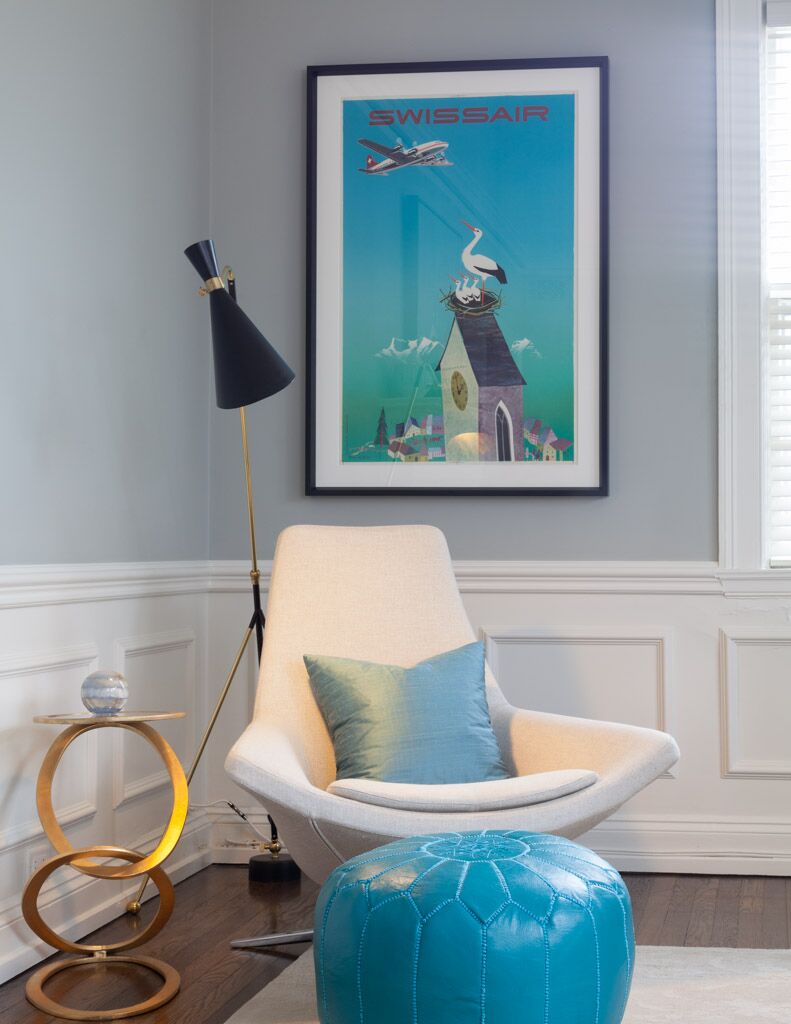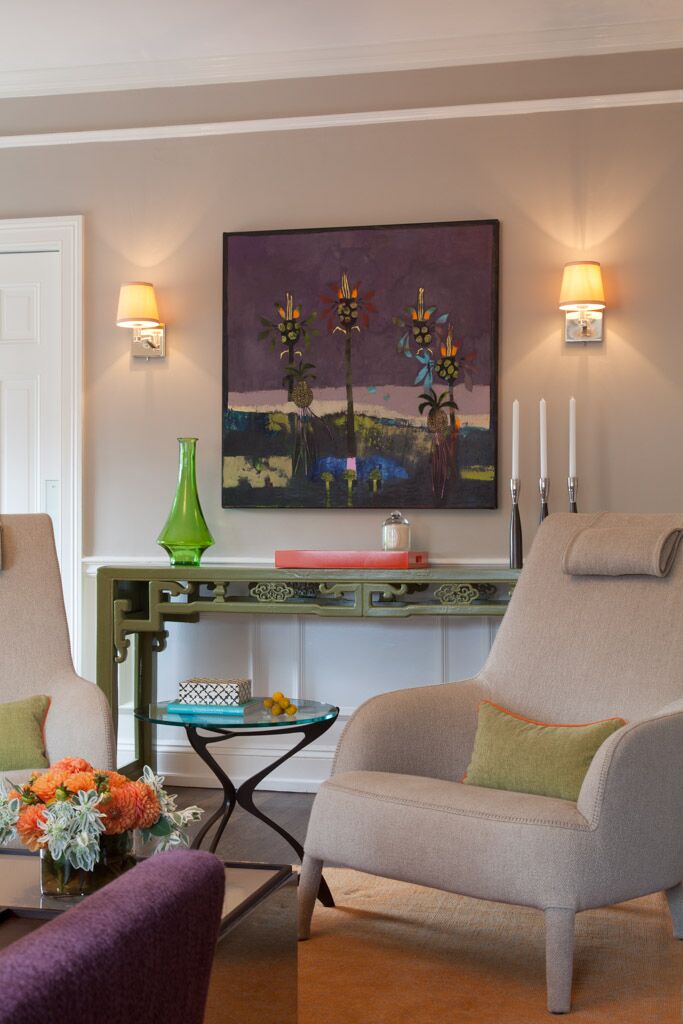Light is one of the most important elements to consider when designing a room, and one of the most underestimated. Light provides not only illumination for functional purposes, but it also has the ability to give mood and style to a space. The quality of the light cast can lead a room to feel oppressive or inspiring, and the correct fixture will change the way you use a space.
I find the key to a successful lighting design is incorporating multiple levels of light in every room. This helps satisfy the practical aspects of lighting as well as giving you options for creating various moods within a single space.

Ambient Lighting
The first step is establishing basic ambient lighting. Ambient lighting is the foundational lighting source in a room. It's lighting that covers the entire room, usually from an indirect source, compared to accent or task lighting which is focused on a specific area. Think of ambient lighting as a glow surrounding all spaces, it is how you achieve the mood and the desired ambiance in a room.
Task Lighting
You will also need task lighting for different zones of use. What needs have to be met to make the room come alive? Sitting down in your comfy chair with your favorite book? Have a kitchen island where you do your meal prep? You'll need task lighting. Think table lamps, floor lamps, desk lamps, kitchen island pendants.


Accent Lighting
While the first two levels of light are most important, considering accent lighting is key to highlighting features like art or interesting architectural lines. Think wallwashers, or gallery lighting.
There is so much to consider when designing lighting, this only scratches the surface. Keep an eye out for my next post, which will delve into choosing the types of bulb or light source for a project.


